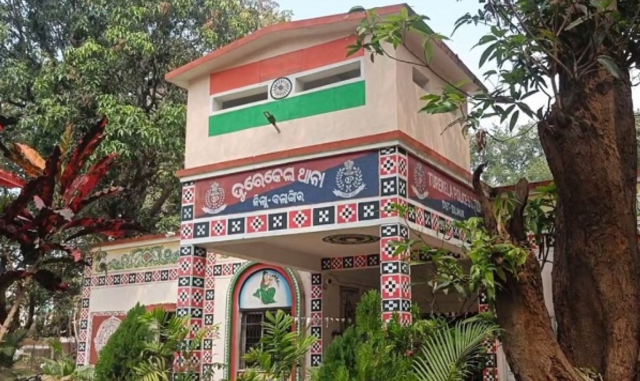Odisha has witnessed a steady increase in HIV cases, with the total number of infected individuals crossing 63,742 by December 2024, according to Health Minister Mukesh Mahaling in the State Assembly.
Despite ongoing government interventions, annual infections rose sharply from 2,341 in 2021 to 3,436 in 2023-24, signaling persistent challenges in curbing the disease’s spread.
Government Response and Healthcare Network
To tackle the HIV crisis, the state operates 167 standalone counselling centres, 1,232 facility-based testing units, and seven private partnership clinics. Additionally, 52 targeted intervention projects and seven link worker programs are active across 800 villages to focus on high-risk groups.
Challenges in Containment Efforts
While these initiatives emphasize prevention and testing, the consistent rise in infections suggests possible gaps in outreach and effectiveness. Factors such as limited health education, social stigma, and migration-linked transmission are likely contributors to the upward trend, though the state government has not cited specific reasons.
Broader Public Health Concerns
The growing HIV challenge comes amid other health burdens. Kidney disease affects 15,752 people in Odisha, with the government providing 511 dialysis beds across 68 centers. However, disparities in healthcare access continue, especially in rural areas.
Health experts urge the state to intensify monitoring, strengthen rural outreach, and integrate HIV prevention strategies with broader healthcare initiatives. Special attention is also being directed toward migrant workers, identified as a vulnerable group in the fight against HIV.




















